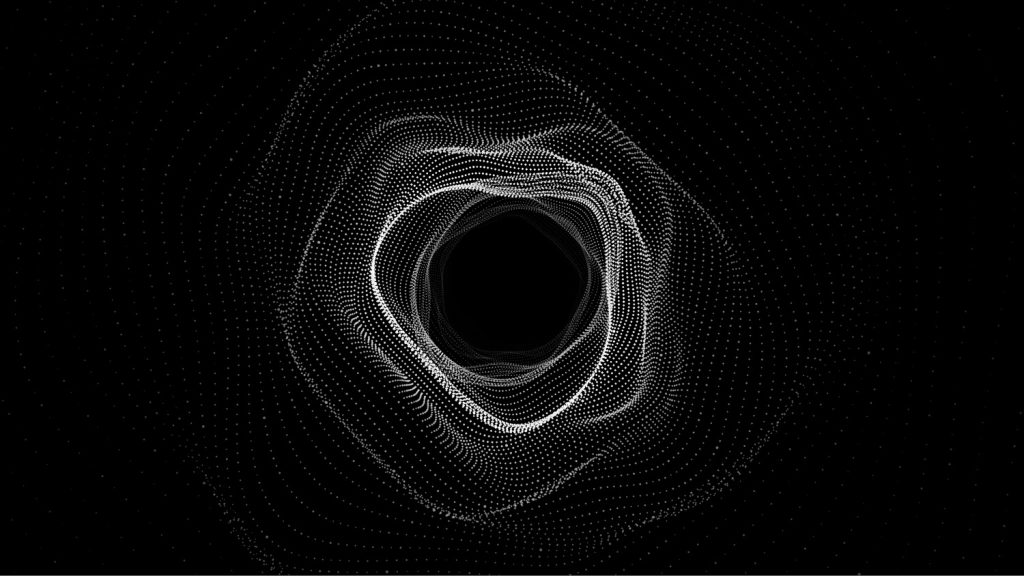The world of audio production is constantly evolving, and new technologies are changing the way we perceive and create sound. One of these pioneering technologies is Dolby Atmos, an advanced audio system that has gained tremendous momentum in recent years. In this post, we’ll take a brief look at Dolby Atmos and how it works.
Dolby Atmos is a three-dimensional audio format developed by Dolby Laboratories. Unlike conventional surround sound systems that rely on a channel-based approach, Dolby Atmos enables object-based audio playback. This means that sound objects can be placed in a 3D space, regardless of speaker positions. In other words, instead of hearing sound only from the front, back, left, and right, listeners experience sound from all around them, including above their heads.
The basis of Dolby Atmos is a system of so-called objects and beds. Objects are individual sound elements that can be positioned independently of each other in three-dimensional space. Dolby Atmos automatically calculates from which speakers the sounds should be reproduced in order to provide the best possible listening experience.
Beds, on the other hand, are fixed to a given speaker configuration. Beds are ideal for reproducing flat sounds or sounds where sharp localization, as is possible with objects, is not necessary. This combination of objects and beds makes it possible to create an enveloping soundscape and at the same time a high degree of differentiation.
- Higher immersion: Dolby Atmos provides a more immersive listening experience. It allows listeners to be immersed even more deeply in the world of sound, whether in movies, music, or video games.
- Creative freedom: Object-based audio playback allows sounds to be precisely placed and moved around. This opens up new possibilities for creative sound design and music production.
- Future proofing: more and more cinemas and streaming platforms offer the possibility to consume content in Dolby Atmos. With broad distribution options already available, it is apparent that Dolby Atmos is becoming an integral part of audio culture
- Versatility: Dolby Atmos can be used in a variety of settings, from motion pictures to music albums to virtual reality. This opens up a wide range of possible applications.
Overall, Dolby Atmos offers an exciting opportunity to change the way we experience audio. For professional audio producers, it’s an opportunity to take their skills to the next level and create a more immersive listening experience. It’s definitely worth familiarizing yourself with this innovative technology and exploring the possibilities it offers for audio production.


